Earth First
Château Pontet-Canet
Pauillac Red Bordeaux Blend 2010
First bottle of the 2010. This is gonna be a really special wine but I think it need another 5-7 years. Tannins and softened, fruit is there, acidity is still strong, and don’t get me wrong it’s great now with a couple hour decant, but in a few years it’ll be really nice. Getting black, blue, and dark red fruit, ripe and juicy. Man so silky in the mouth. Graphite, stone, forest floor, cedar, hints of camphor, black licorice. Wonderful. Nice medium + finish. Really nice, only going to get better! — 4 months ago
Château Léoville-Las Cases
Grand Vin de Leoville du Marquis de las Cases Saint-Julien Red Bordeaux Blend 2006
Not sure I’ve had any other 2006 Bordeaux but decided to pull this to give it a go at nearly 20 years of age. Nice wine but perhaps not one that justifies the price point. At first quite tight, but after a 5 hour decant this really comes into its own. Lots of leather and dark blue and black fruit. Oak is really only apparent in structure now. Great acid. 13% which is nicely balanced. — 4 months ago
Silver Oak
Alexander Valley Cabernet Sauvignon
Buttery on the nose. Very light at first and complex and dry finish — 5 months ago
La Rioja Alta
Gran Reserva 904 Rioja Tempranillo Graciano 1995
Garnet core , wide terracotta rim . Quite aromatic with sous bois , floral hints , spiced dried cherry, iodine , earth and leather . On the palate this has high acidity , fine tannins , orange rind , wet earth, sous bois , dried cherry . Good length . Ready drink now and over the next 5 years , just starting to run out of steam after a couple of hours . Elegant and refined in style — 6 months ago
Michael David Winery
Freakshow The Strongest Man on Earth Lodi Cabernet Sauvignon
Consistently good everyday wine dinner — 2 months ago
Produttori del Barbaresco
Barbaresco Nebbiolo 2020
Popped and poured; enjoyed over the course of 90 minutes. The 2020 Classico pours a garnet color with a translucent core; medium+ viscosity with no staining of the tears. On the nose, the wine is developing with notes of Morello cherry, pomegranate, red flowers, old wood, and dry gravelly earth. On the palate, the wine is dry with high tannin and medium+ acid. Confirming the notes from the nose. The finish is medium+. My first time trying the 2020 vintage of Produttori’s Classico and it’s another really lovely, benchmark example of Barbaresco. Drink now through 2040. — 4 months ago

Dunn Vineyards
Howell Mountain Cabernet Sauvignon 2014
Decant and pour. Nose: enticing perfumed dark fruit, mint, pine, floral, pencil shavings. Taste: creamy, balanced, savory wine with blackberry, milk chocolate, earth, leather, graphite, and a lingering long finish with some slightly grippy tannins. YUM!! No hurry, time to go. — 4 months ago

Château Rayas
Réservé Châteauneuf-du-Pape Grenache Blend 2005
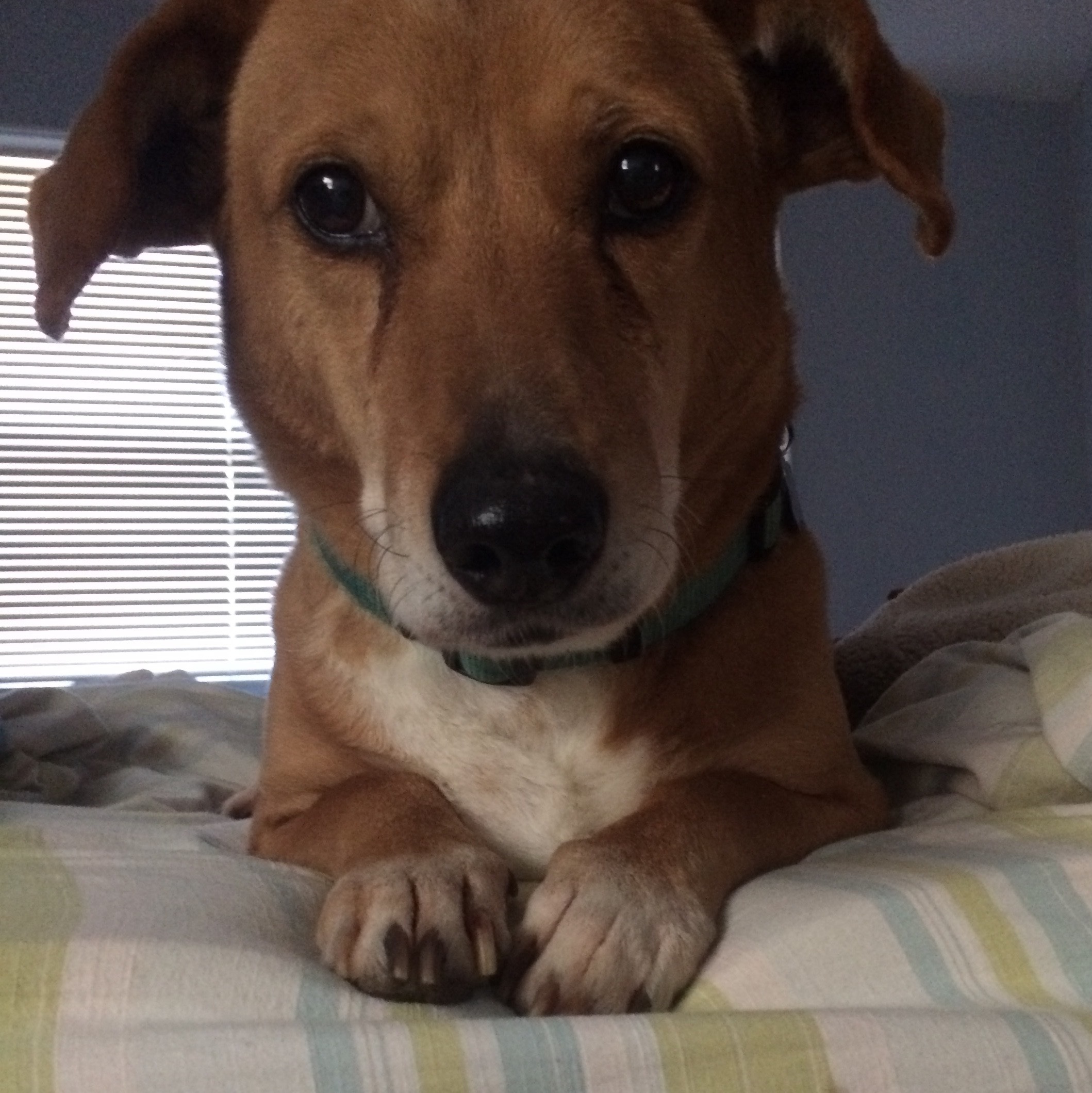

Domaine du Pegau
Cuvée Réservé Châteauneuf-du-Pape Red Rhone Blend 2021
Ruby in color with a wide reddish rim.
Nose of red and black fruits with light wood, tobacco and chocolate notes.
Dry on the palate with sweet raspberries, cherries, light oak, licorice, chocolates, spices and earth.
Long finish with fine grained tannins and tangy cherries.
This young Grenache blend is starting to drink very nicely now, with nice complexity and a soft mouthfeel.
Will continue to age nicely in the next 15 years.
Elegant and rich. Interesting and engaging. A very traditional Châteauneuf-du-Pape in style.
Well balanced and good by itself as a sipping wine. Will also pair nicely with food.
A blend of all 13 allowed grapes in Châteauneuf-du-Pape, but mostly Grenache. Hand picked and whole cluster. Aged for 2 years in large French oak barrels.
14.5% alcohol by volume.
91 points.
$110. — 5 months ago
Château Lynch-Bages
Grand Cru Classé Pauillac Cabernet Sauvignon Blend 1989
Opened and decanted hours prior to dinner; enjoyed over the course of a couple hours. The 1989 appears a deep garnet color with a near opaque core; medium viscosity with moderate staining of the tears. On the nose, the wine is vinous with notes of tart, ripe, and dried fruits: cassis, blackberries, black cherry, black plum, tobacco, Poblano pepper, mixed dried flowers, some cocoa, pencil shavings, dried green herbs, a touch of leather, some organic and gravelly earth and fine warm spices. On the palate, the wine is dry with medium+ tannin (integrated) and medium+ acid. Confirming the notes from the nose. The finish is long. Fabulous stuff with plenty of fuel left in the tank. Drink now through 2039. — 6 months ago
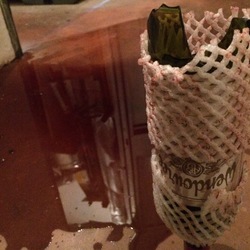


Château Gruaud Larose
Saint-Julien Red Bordeaux Blend 2001
#AgedWineTuesday
Dark ruby in color with a reddish rim. Doesn't show much age.
Beautiful nose with red and black fruits, chocolates, tobacco leaf, vegetables, forest floor, black tea, earth, coffee, herbs, spices, black pepper and wildflowers.
Full bodied and soft with medium acidity.
Dry on the palate with blueberries, cherries, black plums, currants, oak, light chocolates, coffee, mushrooms, licorice, tobacco leaf, earth, herbs and spices.
Long finish with fine grained tannins and tangy raspberries.
This is a gorgeous 24 year old Cabernet Sauvignon based Bordeaux blend from Saint Julien. Rich and elegant. Spicy and very complex. Nicely balanced with a nice mouthfeel.
Drinking at its peak now, and will continue to drink nicely in the next 10 years.
A great sipping wine that is so much fun to drink by itself.
A blend of 60% Cabernet Sauvignon, 30% Merlot, 7% Cabernet Franc and 3% Petit Verdot. Aged in (33% new) French oak barrels for 18 months.
13% alcohol by volume.
94 points.
$150. — 2 months ago
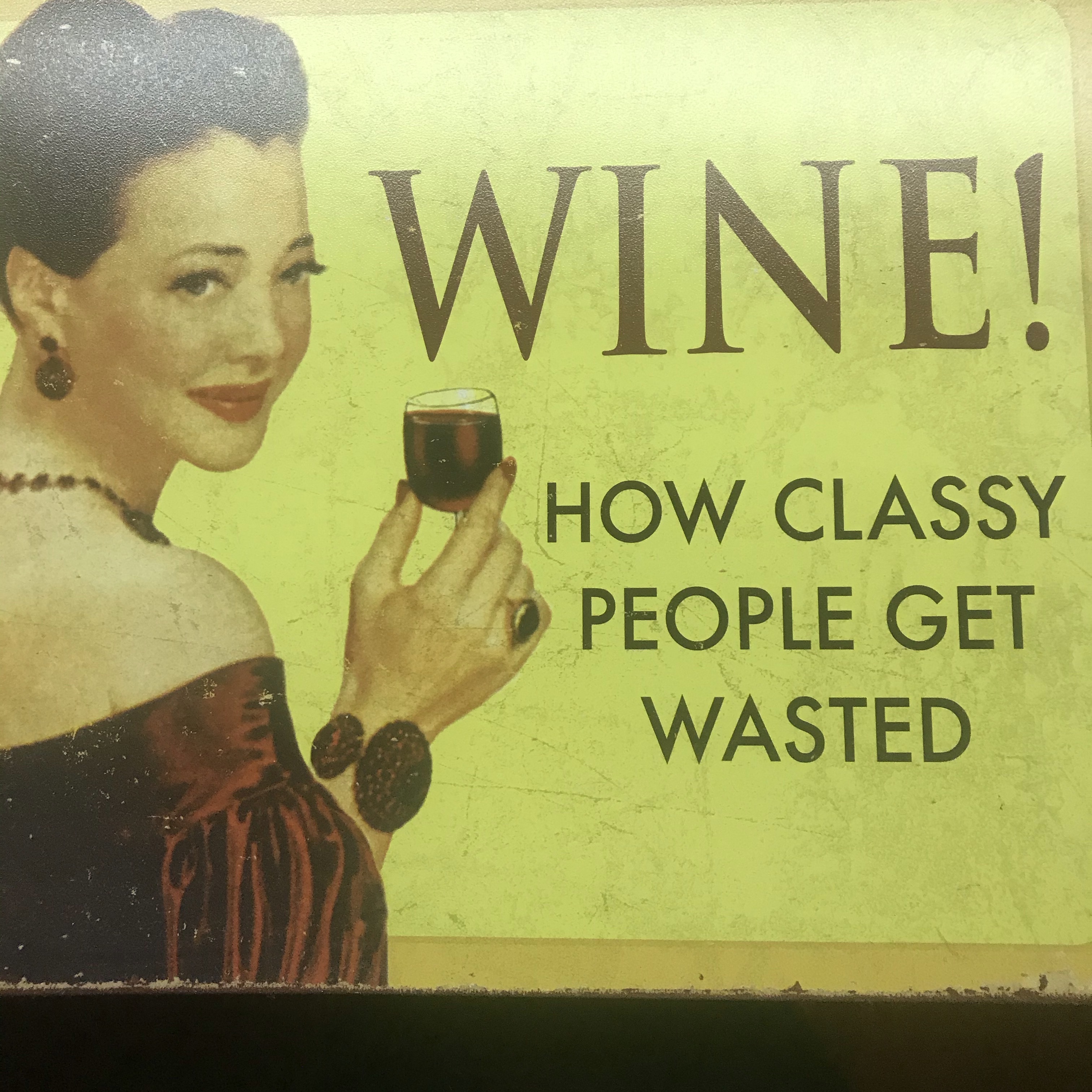
First Drop Wines
Mother's Milk Shiraz
Vibrant red fruit, bold tannins, peppery. — 3 months ago
Opus One
Napa Valley Cabernet Sauvignon Blend 2011
Opus One 2011
Napa Valley, California, USA 🇺🇸
Overview
A Bordeaux-style blend from one of Napa’s most iconic estates, co-founded by Robert Mondavi and Baron Philippe de Rothschild. The 2011 vintage was a challenging, cool year in Napa, producing wines of lower alcohol, more restraint, and higher acidity compared to the opulent, sun-soaked vintages before and after. Blend typically centers on Cabernet Sauvignon with Merlot, Cabernet Franc, Petit Verdot, and Malbec.
Aromas & Flavors
Opens with blackcurrant, cassis, and dried cherry layered with graphite, violets, tobacco leaf, and hints of cedar and espresso. As it evolves in the glass, notes of leather, savory herbs, and cocoa powder emerge.
Mouthfeel
Medium-bodied compared to more powerful Opus vintages, with fresh acidity and fine-grained tannins. Elegant and balanced, showing more finesse and structure than richness. The finish lingers with red and black fruits, spice, and a touch of earth.
Winemaking Notes
Aged in French oak for 18 months. The cooler season resulted in smaller yields, but a style closer to classic Bordeaux restraint rather than plush Napa ripeness.
Food Pairing
Beautiful with herb-crusted lamb, grilled duck breast, wild mushroom risotto, or aged cheeses like Comté.
Verdict
A vintage that divided critics due to its lighter profile, but for those who enjoy elegance and classical structure, the 2011 Opus One is a refreshing outlier. Drink now, though it still has a few years of graceful life ahead. Cheers!
— 4 months ago
Corison
Napa Valley Cabernet Sauvignon 1997
Double decant and pour(lots of sediment). A splendid medium ruby red color. On the nose: a little stewed red fruit, herbaceous, worn leather, mint, sweet smokey oak, loamy soil. Taste: smooth, elegant, savory wine with a touch of dried red fruit, dried herbs, cocoa, damp earth, minerals, and a spiced iron/meaty medium finish. YUM! Mature and on the long downside, but still drinks nicely at 28 years. — 4 months ago

Heitz Cellar
Martha's Vineyard Cabernet Sauvignon 1991
Anytime an older Heitz Martha’s is open, it’s a treat. I’ve tried to acquire a few random bottles over the years and they have consistently impressed (‘78 and ‘01, specifically). My first early ‘90s vintage.
Quick double decant to simply get the wine off sediment as it wouldn’t be consumed from a decanter at the location I would be at.
In my experience, the distinct and typical eucalyptus notes jump right at pop, but this bottle was a little subdued early on. After an hour with the cork out, the eucalyptus, herbs, cedar and red fruit made their entrance. Compared to the ‘91 Hartwell I opened a few months ago, this was more elegant and less dense on the mid-palate. If not for the eucalyptus, I could see this being called left bank Bordeaux with 30yrs on it. Gained some darker red/underripe black fruit notes the longer it was open. Beautiful length at the finish. Bright acidity and tannin. Not getting better, but a wonderful drinking window to enjoy now. — 5 months ago
Domaine Jean-Louis Chave
Hermitage Syrah 2004
Presented to me double-blind. The wine pours a brilliant, deep ruby color with a transparent core and some rim variation; medium+ viscosity with moderate staining of the tears and faint signs of sediment. On the nose, the wine is developing with a heady perfume of mostly ripe and some tart fruit: mixed brambles, black cherry, purple flowers (lavender?), animale, some pepper, a touch of olive, a touch of leather, some green herbs, fine warm spices and rocky earth. I believe this has seen oak and it’s beautifully balanced and smells expensive. On the palate, the wine is dry with medium+ tannin and medium+ acid. Alcohol is medium+. Confirming the notes from the nose. The finish is long and the texture is grippy. This is delicious.
Initial conclusions: this could be Sangiovese, Pinot Noir, Gamay, a Grenache-based blend or possibly Syrah; from Italy, or France. Immediately after I was presented the glass, I liked this being Sangiovese, however, there was too much new French oak for me to feel comfortable. Besides, the florals were too purple to be Sangiovese anyway (never mind Grenache or Pinot Noir). Then there were the non-fruits: it could be justified by whole cluster Pinot or Gamay…or was this a really impressive Syrah? This wine seemed familiar to me. This could be Chave. I did think this had some age based on color and rim variation. Final conclusion: I’m calling this Syrah, from France, from Northern Rhône, Hermitage, with 20+ years of age, from a decent vintage like 2004. And for the hell if it, I called producer: Jean-Louis Chave. Boom. Bottle No. 3981 — 6 months ago









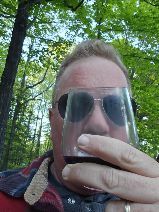
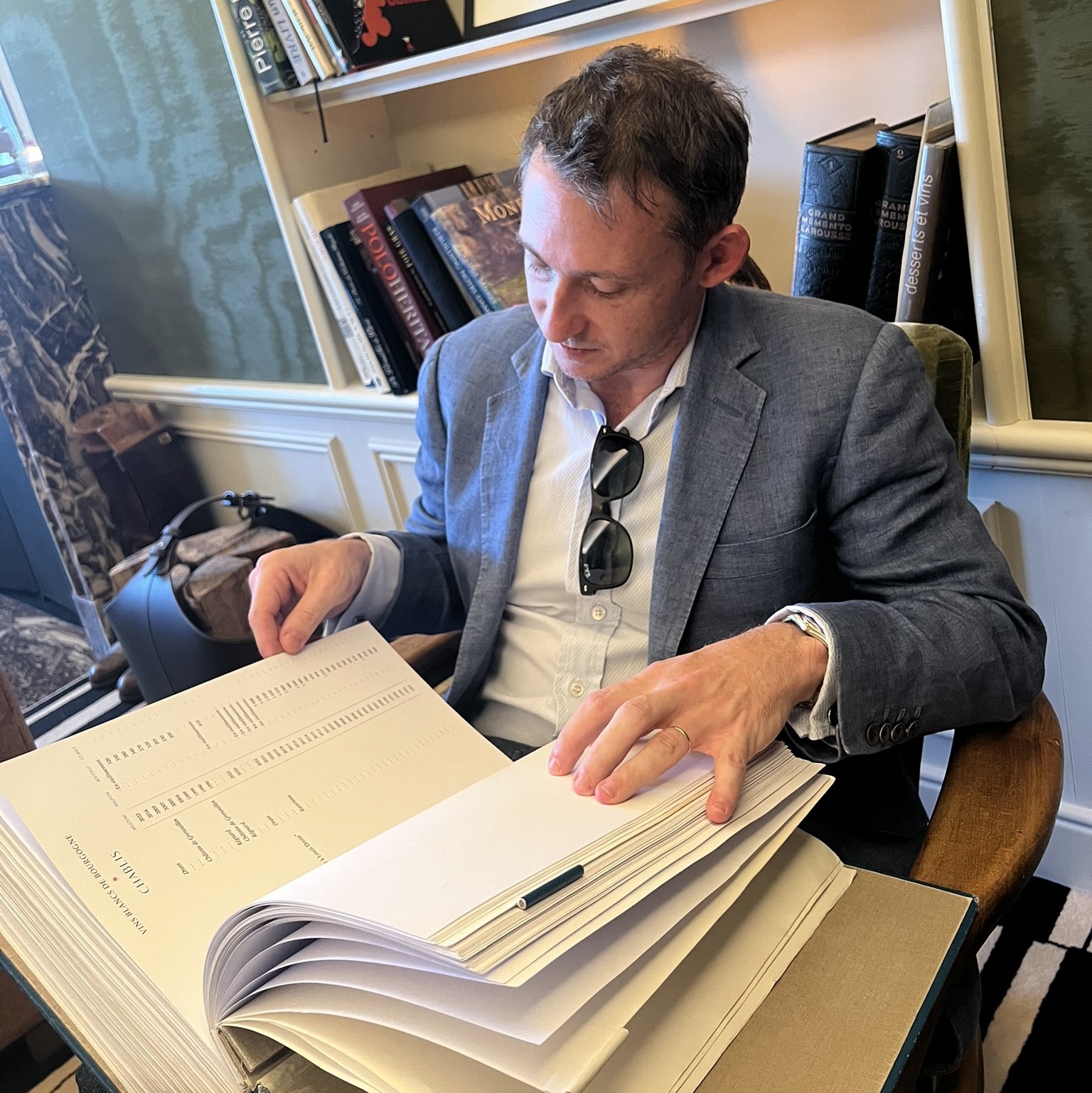



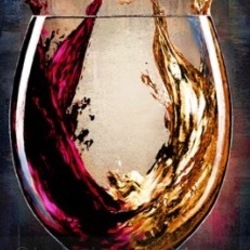



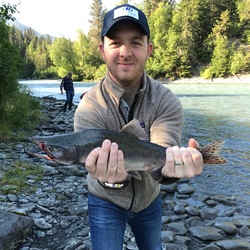


Somm David T
Independent Sommelier/Wine Educator
The 2006 Bordeaux vintage. The vintage while wasn’t Bordeaux’s best, it certainly wasn’t one of its worst. It had the unenviable position of following a grand 2005 vintage. I think better than 2000, maybe 09 & 10? Jury is still out. The Bordelaise also got greedy and raised their prices from 05. That was a mistake when it came to selling the 2006 vintage and it laid another layer of bad taste in consumers minds.
I really enjoy Pichon Lalande’s style/craft. The 06 is good, not great. In fact, I enjoyed this better w/o the lamb.
The fruits are just ripe. Velvety, rounded M+ tannins. Brambly blackberries, dryish black plum, black cherries, black raspberries, strawberries, some raspberry hues, oak barrel shavings, graphite, dry soils, dry tobacco & leather, dry clay, soft but dark spice, some dry herbs, soft baking spices- clove, nutmeg, cinnamon & vanillin, light milk chocolate, caramel hues, black tea, anise, some mid berry cola, dry & withering, dark & red flowers, violets, decent, round acidity, balanced, neatly structured/tensioned with an elegant finish that lasts just over 90 seconds and falls on dry earth and soft, dark spice.
Still acceding and has 15 plus yrs of good drinking ahead. Could make a case for rounding up to 93.
Paired w/ Grilled Rack of Lamb, Served with Rosemary Jus, Fondant Potatoes and Steamed Broccoli.
@EK148 — 2 months ago